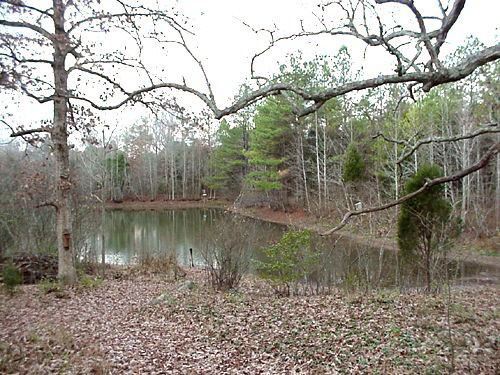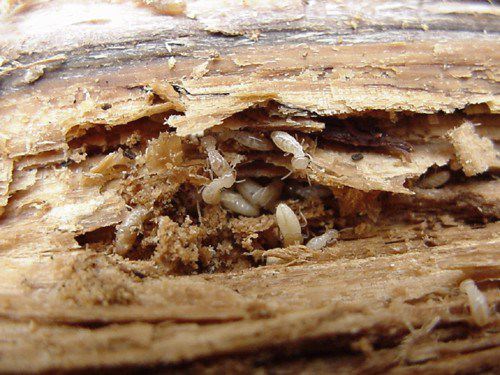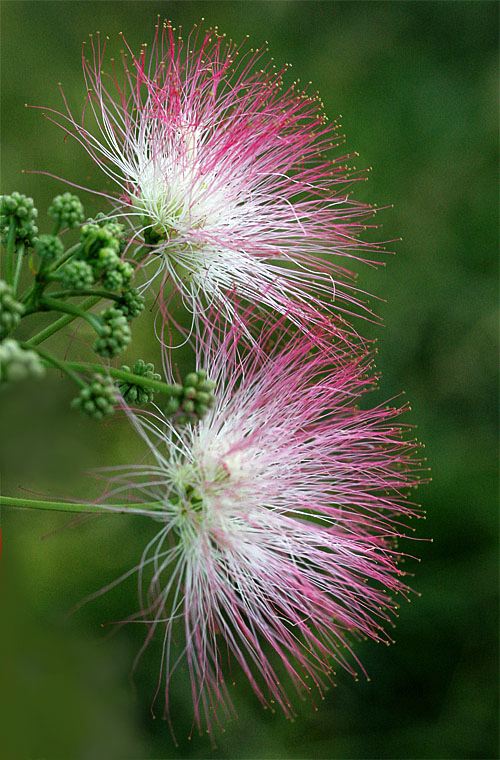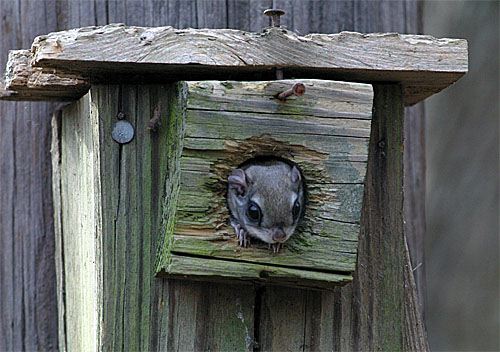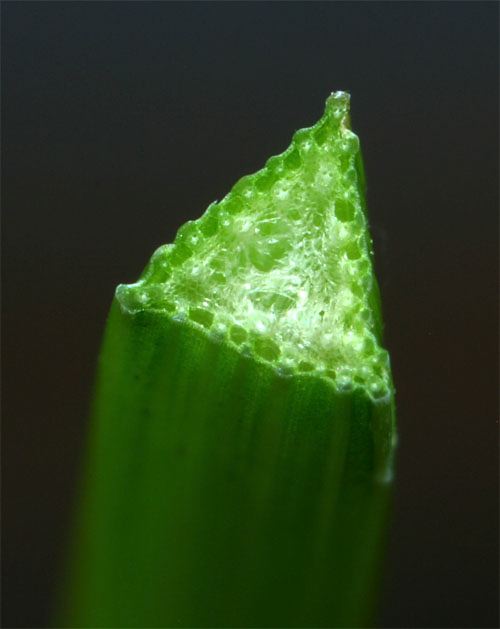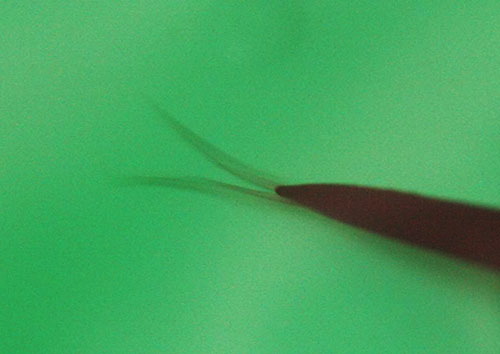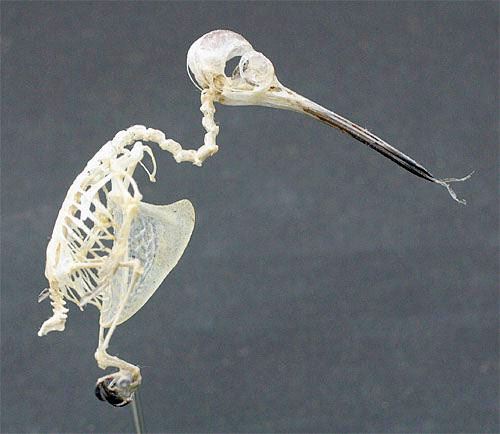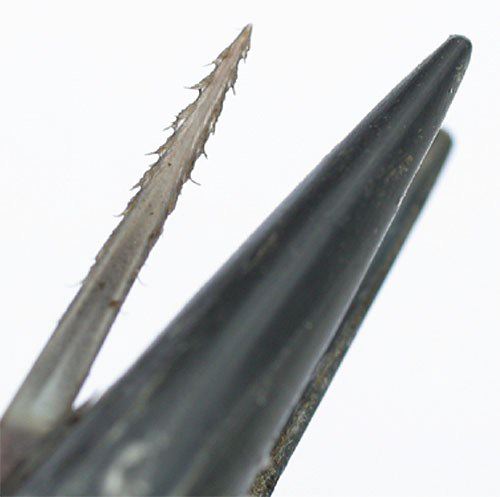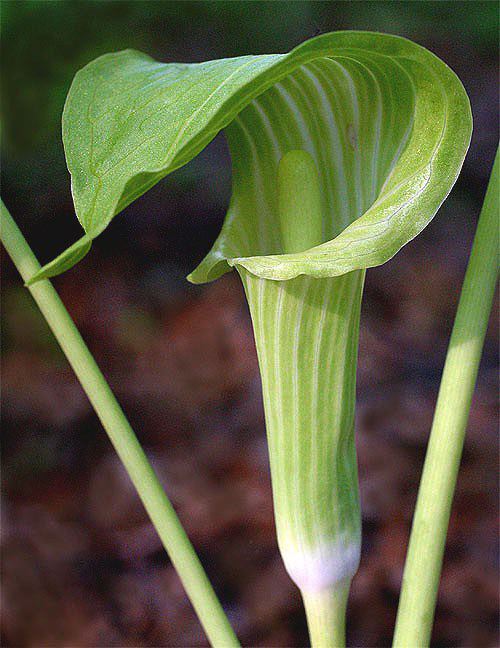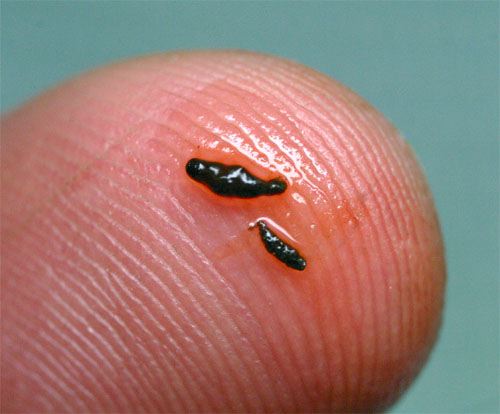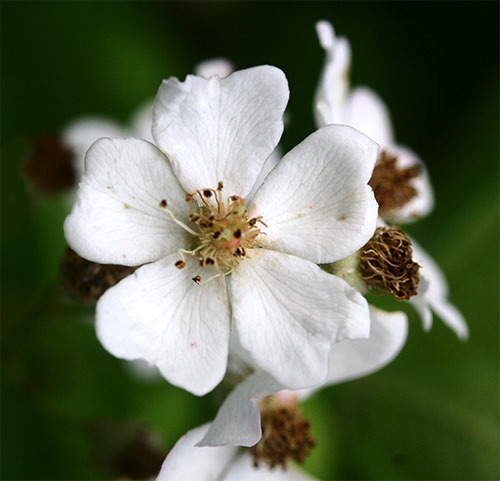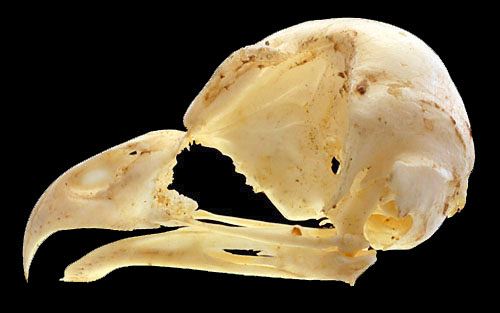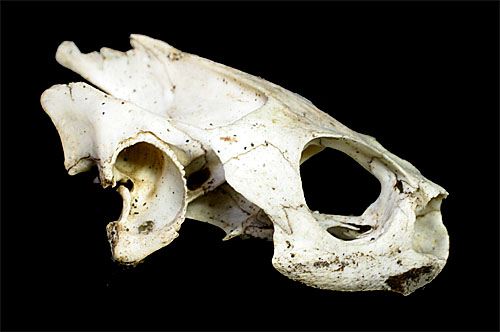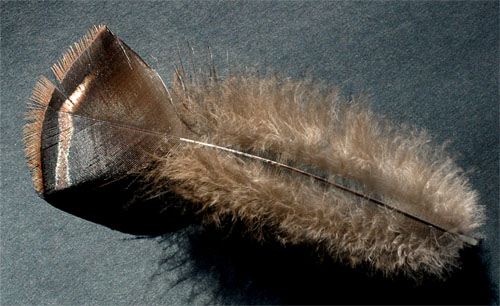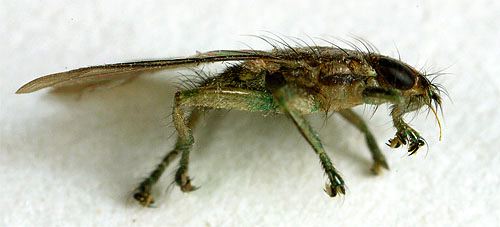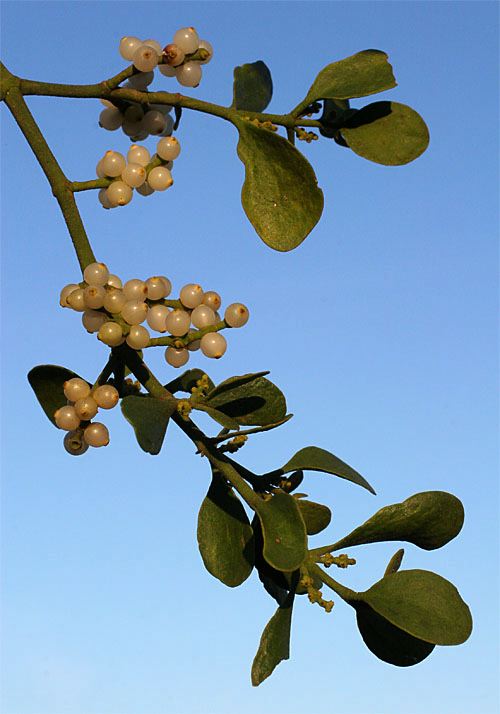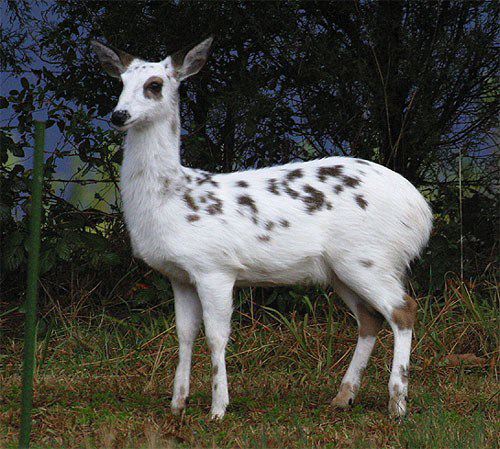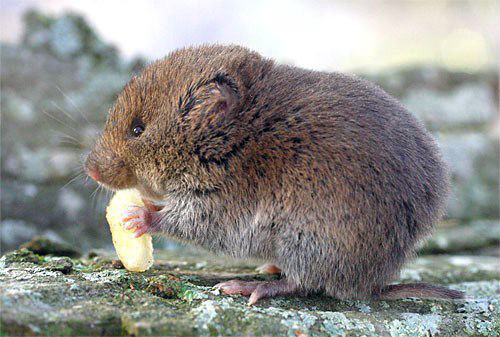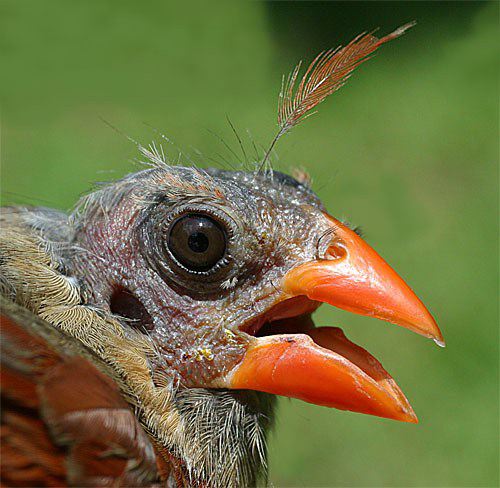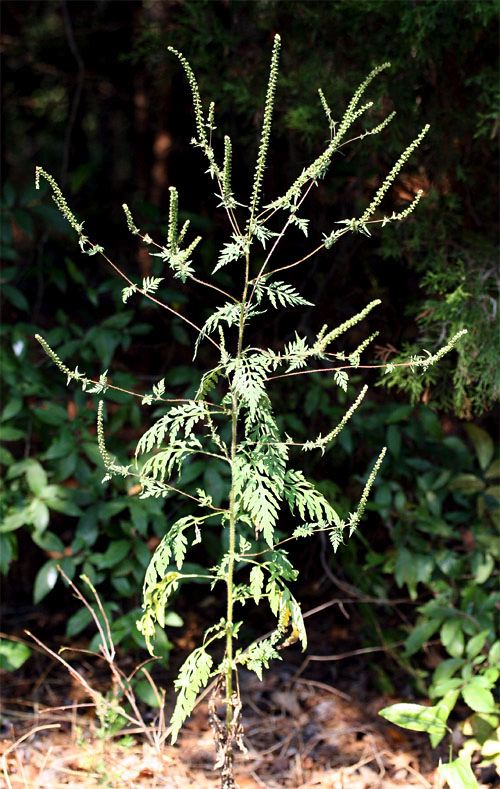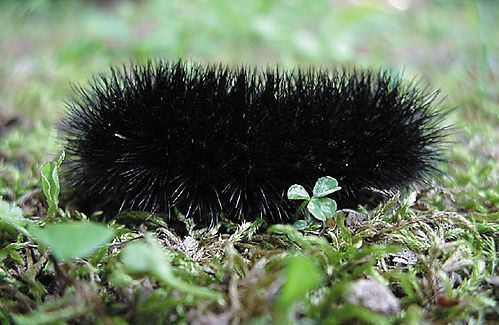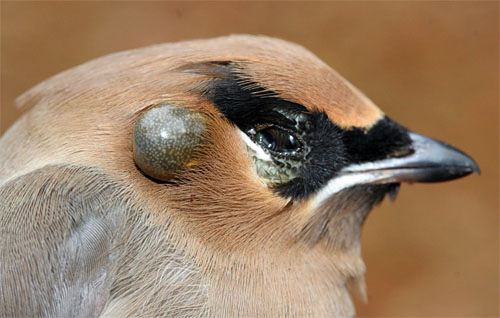|
|
|||
|
THIS WEEK at HILTON POND
17-25 January 2011 INSTALLMENT #501---Visitor # (Back to Preceding Week; on to Next Week) |
|
Join fellow birders & educators as citizen scientists on our 2011 |
|
500 (and one) PHOTO ESSAYS The new Web site for Hilton Pond Center for Piedmont Natural History went live on Groundhog Day 2000 with Installment #1 of "This Week at Hilton Pond." Our initial posting included a Woodchuck cartoon (below right) and simply stated the site "saw its shadow but-- Little did we know that--almost 11 years later--we'd have posted 501 photo essays about everything from hurricanes to hummingbirds and locations from Canada to Costa Rica and even Japan. Despite accounts of international travel, our basic goal from 2000 remains the same today: "To offer a weekly photo essay about some interesting plant, animal, or phenomenon at the Center in the hope of encouraging our on-line readers to get out into the world of nature--even if it's 'only' in their own backyards." In other words, our main emphasis remains on nature at Hilton Pond and in the Carolina Piedmont, and we hope our on-going musings have provided our many Web site visitors with new knowledge about natural history close to home. We cherish those literally millions of visitors and their kind e-mail and phone comments through the years. We had planned for last week's 500th on-line edition to be a retrospective of more than a decade's worth of photo essays, but a major snow event in the Carolina Piedmont led us to write instead about several amazing weather-related events; thus, we held the reminiscing until this week's installment, as follows:
"This Week at Hilton Pond" began in February 2000--18 years after we moved to what we now call Hilton Pond Center for Piedmont Natural History. After a lifetime of teaching high school and college biology we made a career change to science education consulting and ornithological research. Our belief is there's no sense learning new things about nature unless that knowledge is shared with others--something we did on a day-to-day-basis with students in our classroom. Taking advantage of opportunities afforded by the World Wide Web, We knew from the success of our "Piedmont Naturalist" columns--some of which appeared in a now out-of-print book (right)--that folks were eager to read about natural history happenings. They were especially curious about creatures they encountered on their very own doorsteps or on walks in the local park, so we decided our new Web-based photo essay should help us meet the mission of Hilton Pond Center: "To conserve animals, plants, habitats, and other natural components of the Piedmont Region of the eastern United States through observation, scientific study, and education for students of all ages." Natural happenings in the Carolina Piedmont remain our main emphasis, of course, but we can't avoid an occasional installment about interesting things we encounter on consulting gigs across the U.S. or during our hummingbird research in Central America.
All text & photos © Hilton Pond Center Hilton Pond, November 2001 (above) When we produce each weekly photo essay we never know how the public will respond. Nearly every installment of "This Week at Hilton Pond" gets at least a thousand reads during the fortnight or so after we post it, but because each installment is permanently archived some editions receive MANY more visitors. Although not every installment contains a "hit counter" that monitors visits, most do--and we know pretty well which topics have been popular through the years. Popularity is a fickle thing, of course, and some photo essays we really liked or worked especially hard on have had relatively few hits, while others have surprised us. One thing is apparent: When we post a very esoteric or unusual nature topic that few other bloggers have written about or photographed, Google picks up on it and moves our photo essay high in the rankings. This increases page hits, of course, and satisfies us in ways only another Web-based "educator-naturalist" can truly understand.
All text & photos © Hilton Pond Center Hilton Pond, 25 January 2011 (above, in the rain) The illustrated list below includes a photo, brief note, and hit number for every installment that has been viewed at least 12,000 times, although our Web counter showed dozens more with ten or eleven thousand visits; some of those are coming up rapidly and could join the "12,000 Hits Club" in just a few weeks. (Hit numbers were accurate as of the afternoon of 25 January 2011, but one photo essay moved up three spots in the rankings even as we worked on this current installment!) Without further ado, here in ascending order are the 28 most-visited of our 500 previous editions of "This Week at Hilton Pond." If you haven't read--or can't remember--them all, just click on an installment's title and a copy of the original photo essay will appear in a new browser window. Happy Reminiscing!
All text & photos © Hilton Pond Center 28. Installment #356--TermiteRoaches (12,127 hits) After seeing an afternoon swarm of insects at Hilton Pond Center, we investigated further to find out they were winged termites preparing to mate. We were surprised to learn some entomologists now consider termites and roaches to be close relatives.
All text & photos © Hilton Pond Center 27. Installment #318--Mimosa: An (Un)Welcome Visitor (12,416 hits) Despite its eye-pleasing blossom and fragrant nectar that attracts butterflies, hummingbirds, and solitary bees, Mimosa is an invasive tree that can crowd out native plant species. We have mixed feelings about whether to install Mimosa at Hilton Pond.
All text & photos © Hilton Pond Center 26. Installment #219--Carolina Wren: South Carolina's State Bird (12,493 hits) We've learned that many hits to this particular page--one of several we've done about Carolina Wrens--come from elementary school students assigned to write papers about South Carolina's state symbols. We hope those kids will continue to use the Hilton Pond Web site as an accurate source of natural history information.
All text & photos © Hilton Pond Center 25. Installment #163--EEASC: "Carp Diem" (12,820 hits) On a weekend field trip, the Environmental Education Association of South Carolina found an unusual artifact on the banks of Hilton Pond. They eventually deduced it was the pharyngeal teeth of an Asian Grass Carp that had died and washed up on shore.
All text & photos © Hilton Pond Center 24. Installment #350--Studying Southern Flying Squirrels (14,151 hits) Katherine Thorington, then a grad student from Wake Forest University, stopped by Hilton Pond Center in 2007 to take blood samples from our small colony of Southern Flying Squirrels. She was investigating whether adult squirrels that sometimes congregate in winter nest boxes are related to each other.
All text & photos © Hilton Pond Center 23. Installment #320--Sedges Have Edges . . . (14,185 hits) Almost nobody writes about sedges--relatively primitive green plants that have triangular stems--so we shouldn't be surprised that anyone looking for info about them would stumble upon our article. (By the way . . . "rushes are round.")
All text & photos © Hilton Pond Center 22. Installment #407--Hummingbird Myths (14,147 hits) We've heard lots of hummingbird myths through the years--no, they do NOT hitchhike on the backs of geese in migration!--including that they use their bills like straws to suck nectar. In fact, hummingbirds extend and retract their split-tipped tongues several times a second and lap up liquids sort of like a dog or cat.
All text & photos © Hilton Pond Center 21. Installment #345--Hummingbird Skull & Skeleton (14,739 hits) People--this writer included--are so fascinated by hummingbirds they even want to know about their skeletons. Note the large flat breast bone on the bird above; called the "keel," that's where a hummer's massive pectoral muscles are attached.
All text & photos © Hilton Pond Center 20. Installment #164--Amazing Woodpecker Tongues (15,172 hits) And speaking OF (not IN) tongues, our images of the tongue of a Red-bellied Woodpecker we captured at Hilton Pond generated a lot of interest. A TV quiz show from England even purchased the rights to use the photo above in one of its telecasts.
All text & photos © Hilton Pond Center 19. Installment #171--Is That "Jack" In The Pulpit? (15,474 hits) Jack-in-the-Pulpit is the favorite wildflower of many folks, in part because it is so unusual in appearance it is easy to identify. The Jack above is actually a Jill--a more mature, berry-producing individual that changed sex during the ageing process.
All text & photos © Hilton Pond Center 18. Installment #234--Hummingbird Nutrition: Nectar Is Sweet But Insufficient (15,835 hits) Sometimes when hummingbirds excrete waste there's a little black body in the middle of a drop of otherwise clear liquid. We examined this dark mass under a microscope and discovered some interesting contents. (We can only imagine why kids--and maybe adults--around the world are typing "hummingbird poop" into Google, which brings them straight to this page!)
All text & photos © Hilton Pond Center 17. Installment #400--Multiflora Rose: A Thorny Topic (16,114 hits) Yet another invasive plant that causes problems at Hilton Pond is Multiflora Rose, whose white flowers produce berries eaten by birds that spread the vine's seeds far and wide. Dairy farmers especially don't like to see a pasture full of Multiflora Rose; just imagine what its sharp, curved thorns can do to an udder.
All text & photos © Hilton Pond Center 16. Installment #344--Your Head Bone Connected To Your Neck Bone (16,203 hits) Many people are intrigued by skeletal remains, as are we. It's amazing to think about skulls, in particular, whose somewhat thin bones protect soft tissue of the all-important brain in vertebrates such as the Barred Owl above.
All text & photos © Hilton Pond Center 15. Installment # --CSI: Hilton Pond (16,853 hits) Like we said, people are fascinated by skeletons; when we found the mysterious bone above near Hilton Pond, it opened up a discussion about forensic science and how--like sleuths on the CSI television series--we use every available clue to figure out mysteries in nature.
All text & photos © Hilton Pond Center 14. Installment #327--Killer Kudzu (16,790 hits) What? Yet another attractive but invasive plant? This time it's that purple-flowered "killer vine" Kudzu, imported from Asia to help reclaim American soil ruined by generations of poor farming practices. The plan worked--maybe too well.
All text & photos © Hilton Pond Center 13. Installment #175--Fairest Flower Of The South (16,798 hits) Sometimes we look at and photograph plants and animals from a slightly different perspective than folks normally view them--which opens one's eyes to interpreting nature in a new way. Lots of Web site visitors didn't recognize the above flower at first glance. Do you?
All text & photos © Hilton Pond Center 12. Installment #198--Turkey On the Table, Turkey in the Trees (17,897 hits) Wild Turkeys were nearly eliminated from their entire North American range due to over-hunting and habitat loss, but good game management has brought them back from the brink. It's always a surprise at Hilton Pond Center to encounter a Wild Turkey flock roosting 60 feet off the ground on a late winter afternoon.
All text & photos © Hilton Pond Center 11. Installment #292--"Stealth" Flies On Birds: The Hippoboscids (18,016 hits) We thought the flattened insect above--no, it wasn't stepped on and that's its normal shape--looked a lot like a high-tech military aircraft, hence our nickname of "stealth fly." It's actually an ectoparasitic Hippoboscid Fly, highly adapted for slipping between feathers of a host bird.
All text & photos © Hilton Pond Center 10. Installment #296--Mistletoe: Friend or Foe? (19,843 hits) American Mistletoe may or may not garner you a kiss from someone at Christmas time, and the jury's not yet in on whether this native species helps or hurts its host tree. Technically, this green photosynthetic plant is a shrub that grows on tree limbs in the canopy.
All text & photos © Hilton Pond Center 9. Installment #338--Gochisosama, Yamagata: A Japanese Travelogue (20,679 hits) Our trip to Japan to receive an international environmental award was one of the highlights of our professional career, in part because we got to learn about a part of the world whose cultural history is so much older than that of the Carolina Piedmont. It was also apparent the Japanese have a whole different attitude about living in harmony with--and being thankful to--the world of nature. Gochisosama.
All text & photos © Hilton Pond Center 8. Installment #176--O, 'Possum, Where Art Thou? (24,388 hits) The Virginia Opossum, known as road kill to many folks, is a native marsupial with a fascinating lifestyle. This pink-nosed individual--whose hiss was probably worse than its bite--was curled up in a firewood pile one morning at Hilton Pond Center, apparently satisfied to sleep the day away.
All text & photos © Hilton Pond Center 7. Installment #370--Hummingbird Predators (25,466 hits) When we give hummingbird talks around the country, the follow-up question-and-answer period almost always includes a query about what preys upon hummers. Really speedy Sharp-shinned Hawks, of course, but who would have thought a big ol' Robber Fly could take down a Ruby-throated Hummingbird?
All text & photos © Hilton Pond Center 6. Installment #153--A Ghost Deer for Christmas (26,813 hits) On Christmas Day 2002 we peeked out our farmhouse window at Hilton Pond Center and what to our wondering eyes should appear but . . . a white deer! This piebald creature looked more like a big goat than a White-tailed Deer, and we're certain lots of hunters have visited this particular installment to learn about the animal's unusual pelage.
All text & photos © Hilton Pond Center 5. Installment #162--Voles, Not Moles (27,777 hits) White deer are hard to come by, but here at Hilton Pond one of our most common animals is another, albeit much smaller, mammal--the Pine Vole. This short-tailed mouse-like creature spends most of its time beneath a layer of leaves, sneaking out upon occasion to grab spilled seed from our bird feeders.
All text & photos © Hilton Pond Center 4. Installment #179--Lizard-Head (31, 033 hits) That's not Tyrannosaurus rex in the photo above, but a Northern Cardinal that looks more reptilian than bird-like. We get lots of hits about "bird baldness," a phenomenon not well understood. Could be a natural part of the molt process, could be something else. The 31,000 hits on this page imply lots of people have backyard birds lacking head plumage.
All text & photos © Hilton Pond Center 3. Installment #372--Common Ragweed: Stealthy Sneezemaker (53,658 hits) Often overlooked, the green-flowered Common Ragweed is one of the principal causes of fall hayfever--even though many folks believe the much-showier Goldenrod is to blame. What's the evidence? Ragweed has dry, powdery pollen that gets blown by the wind, while Goldenrod's pollen is heavy and sticky. We're pleased more than 50,000 Web site visitors now know this. Atchoo!
All text & photos © Hilton Pond Center 2. Installment #127--Black, Bristly Caterpillar (79,949 hits) If you found a black, bristly caterpillar with red bands between its segments crawling in your yard and were curious about it, you might go to Google and type in "black, bristly caterpillar." And when you took the link to the Hilton Pond Web site you might be delighted to learn that black, bristly caterpillar is from a Giant Leopard Moth, which looks nothing like its larval stage. And now, with ruffles and flourishes we are excited--and still surprised--to announce the most commonly visited installment of "This Week at Hilton Pond" is about . . .
All text & photos © Hilton Pond Center 1. Installment #301--An Epidemic of Bird Ticks? (159,166 hits) . . . bird ticks! With nearly 160,000 hits, our January 2006 photo essay about ticks that infest birds (Cedar Waxwing, above) has more than twice as many hits as our next most popular installment. Who woulda thunk it? Again, it's helpful to have top ranking in Google so that whenever anyone seeks info about "bird ticks" they'll be directed to the Hilton Pond Web site, where we discuss the impact and cyclic nature of ticks that attach themselves to birds. So that's it. Eleven years and 500 installments of "This Week at Hilton Pond" all boiled down to our "Top 28" photo essays. We hope you enjoyed revisiting some of these topics or learning something new from an installment you had to skip over when it first appeared. Happy Nature Watching! All text & photos © Hilton Pond Center
|


 unlike groundhog weather maven Punxsutawney Phil--it WILL be staying up for the remaining six weeks of winter, and for a long time thereafter!"
unlike groundhog weather maven Punxsutawney Phil--it WILL be staying up for the remaining six weeks of winter, and for a long time thereafter!"
 we decided one way to satisfy our "teaching fix" would be to use the Hilton Pond Web site to publish a regular Internet article--an on-line spin-off of the "Piedmont Naturalist" newspaper column we wrote for several years in the late 1980s.
we decided one way to satisfy our "teaching fix" would be to use the Hilton Pond Web site to publish a regular Internet article--an on-line spin-off of the "Piedmont Naturalist" newspaper column we wrote for several years in the late 1980s.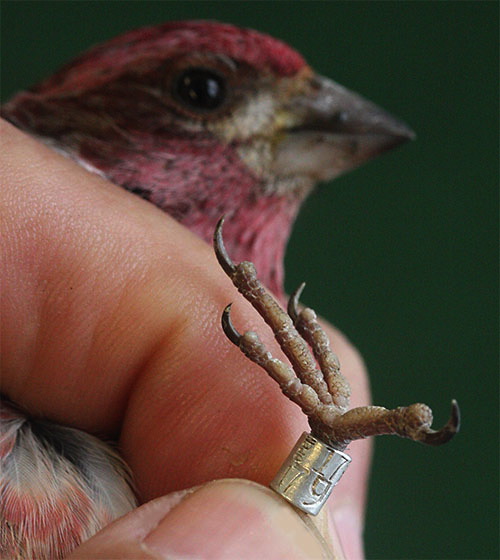 And so, almost 11 years ago, we committed to producing a regular on-line nature blog before the word "blog" (short for "Web log") was even invented. We decided to include lots of color photos--something no one else was doing at the time--and to keep people apprised of our long-term bird banding research by providing a tally of birds captured during the week (banded adult male Purple Finch, above left). Over the past decade many talented nature writers and photographers have followed our lead with informative on-line postings complete with color images, but we're proud "This Week at Hilton Pond" was a pioneer in this area and that it consistently remains in the top ten of more than 1,400 blogs monitored by the Nature Blog Network.
And so, almost 11 years ago, we committed to producing a regular on-line nature blog before the word "blog" (short for "Web log") was even invented. We decided to include lots of color photos--something no one else was doing at the time--and to keep people apprised of our long-term bird banding research by providing a tally of birds captured during the week (banded adult male Purple Finch, above left). Over the past decade many talented nature writers and photographers have followed our lead with informative on-line postings complete with color images, but we're proud "This Week at Hilton Pond" was a pioneer in this area and that it consistently remains in the top ten of more than 1,400 blogs monitored by the Nature Blog Network.